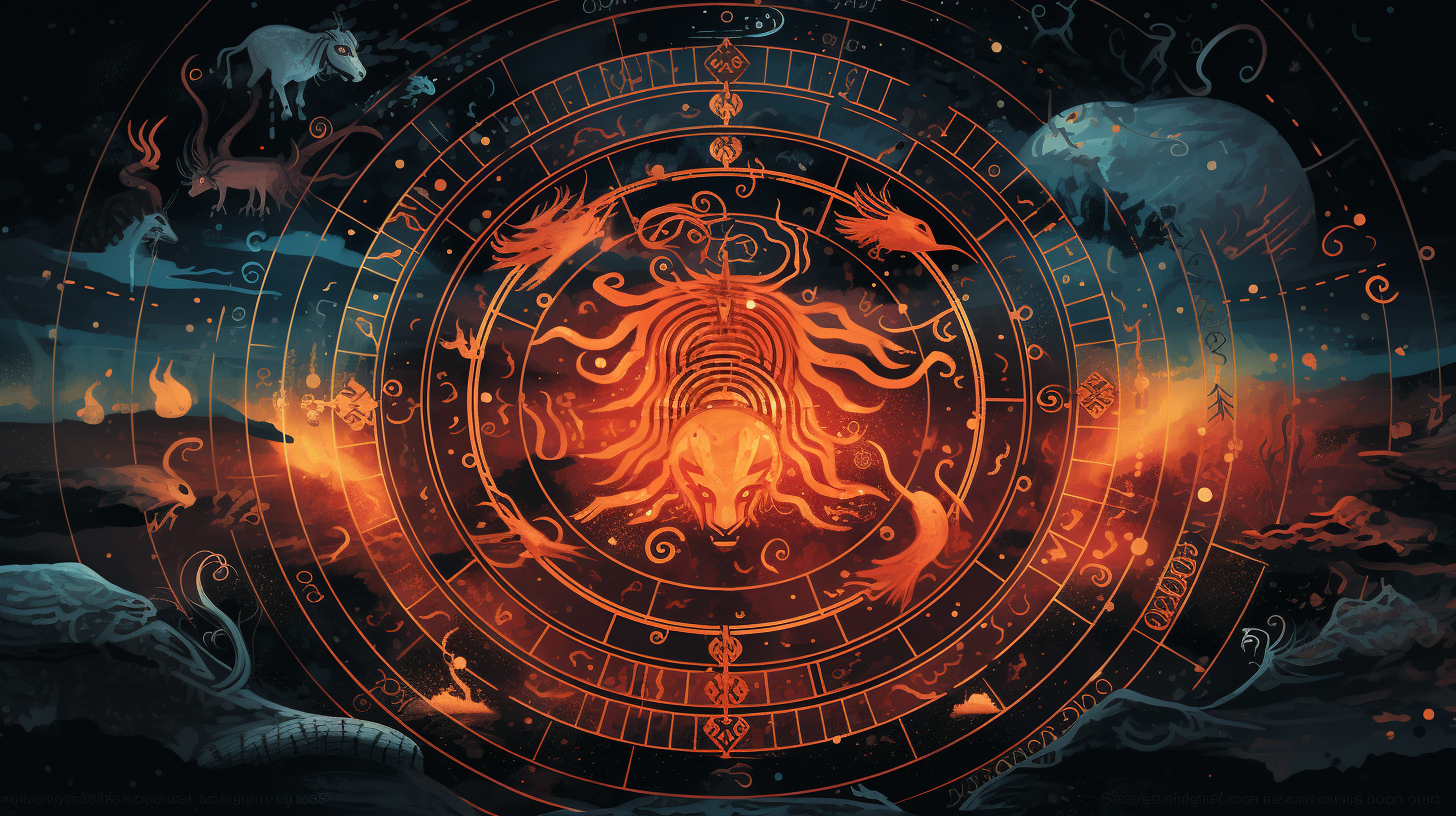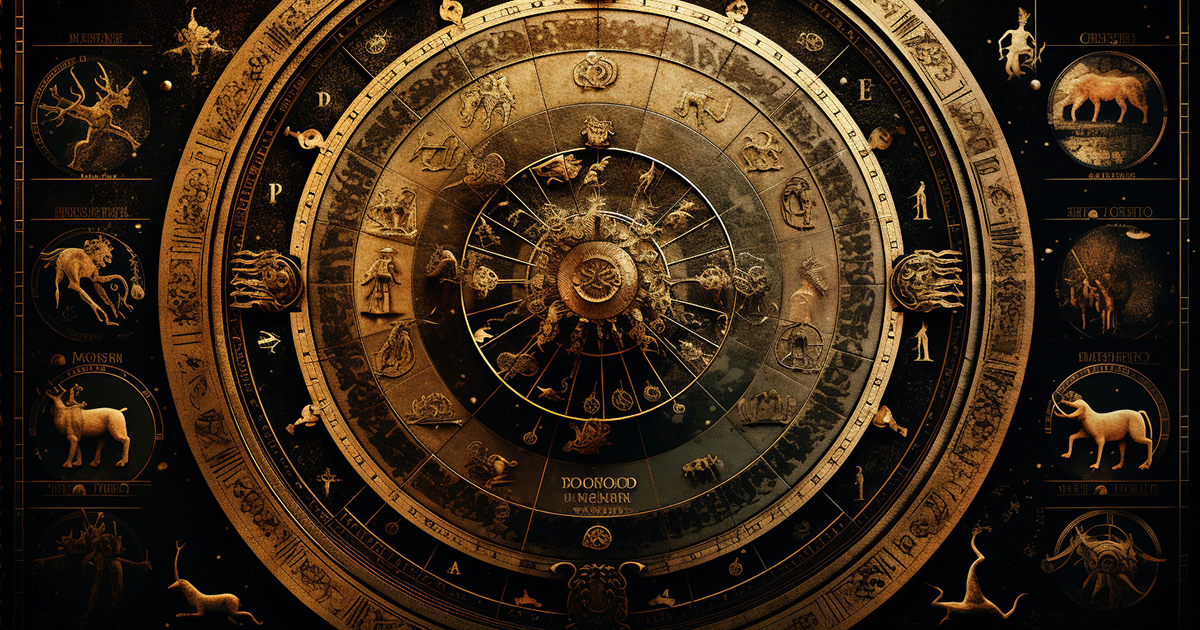Long gone are the days when the night sky cast a spell that mesmerized the thoughts of our predecessors. The breathtaking array of stars that adorned the vast celestial dome sparked amazement and inquisition, ultimately unraveling profound revelations. A comprehension slowly took shape within this celestial vastness, morphing the night sky into a dynamic calendar, a compass for agricultural cycles, and a forecaster of forthcoming natural occurrences.
An exceptional method our ancestors employed to engage with the stars was by linking them through imaginary connections, thus birthing constellations. These ethereal configurations were etched into the archives of humanity’s earliest cultures, imprinting an unforgettable legacy in our collective past. These celestial tales, interwoven with terrestrial matters, gave rise to what is now known as the Zodiac.
The concept of the Zodiac, in its nascent state, evolved as ancient societies monitored the Sun’s motion along a year-long journey. As the Sun voyaged along this trajectory, it moved through twelve distinct constellations, each aligning with a specific timeframe. These celestial landmarks would eventually form the bedrock of the Zodiacal science we acknowledge today.

Intriguingly, the roots of these concepts can be traced back to antiquity, with Babylonian and Sumerian civilizations dating back over 5000 years ago. These ancient societies believed that the constellations not only influenced crops and weather but also dictated the rhythms of daily life. While seemingly archaic, it is fascinating to observe that billions of individuals in the contemporary era still turn to their horoscopes daily.
Nowadays, we often distinguish between astronomy, the objective surveillance of celestial motions, and astrology, the subjective elucidation of these heavenly bodies’ impact on human existence. However, in ancient times, astronomers and astrologers often merged roles. They shared the conviction that celestial movements bore a profound connection with earthly occurrences—a fundamental tenet of astrology.
Although rebuffed by contemporary science, astrology endures as a potent force in society. It is estimated that more than 90% of the world’s adult populace is familiar with their astrological sign. While many view it as mere casual chatter, in ancient times, the Zodiac wheel served as a conduit to communicate with the divine.
For the ancient Greeks, astrology was deemed the “language of the gods” or the “heavenly script.” They believed that the celestial choreography—the planetary odysseys across the sky and their traversal through the zodiac signs—conveyed profound messages from the deities about life on Earth and individuals’ destinies.
In the perceptions of our forefathers, the constellations were entwined with significant historical and mythological episodes, even intertwined with the very inception of humanity. The ancient Sumerians, for instance, linked Aquarius to Enki, a Creator Deity in Sumerian lore. According to their convictions, Enki descended to Earth and molded humanity into its current form. Interestingly, similar narratives correlating specific star systems or constellations to mythical and historical customs can be found across varied cultures and epochs, hinting at a deeper, interconnected cosmic fabric.
Video:
To conclude, the genesis of the ancient Zodiac stands as proof of humanity’s lasting enchantment with the nocturnal heavens. While our comprehension of the cosmos has advanced, the enigmatic allure of the stars and their eternal tie to our lives endure as wellsprings of fascination, contemplation, and awe.
